Indian Ethnographic Expedition Part VII. Guwahati, Gangtok, DarjeelingMapMay 23 — June 13, 2015 Instead of a third eye, women draw a tilaku (a coloured mark) on their foreheads. It can mean that they’re married, or it can be there just because it looks nice. Men also paint on tilakus, usually in the form of a stripe.  GuwahatiMapThe city of Guwahati. I just love waking up in a hotel room with a view like this. I often get lucky — sometimes I get a room overlooking the interior courtyard, other times there might be a cluster of pipes connected to the AC system exhaust just below my windows. 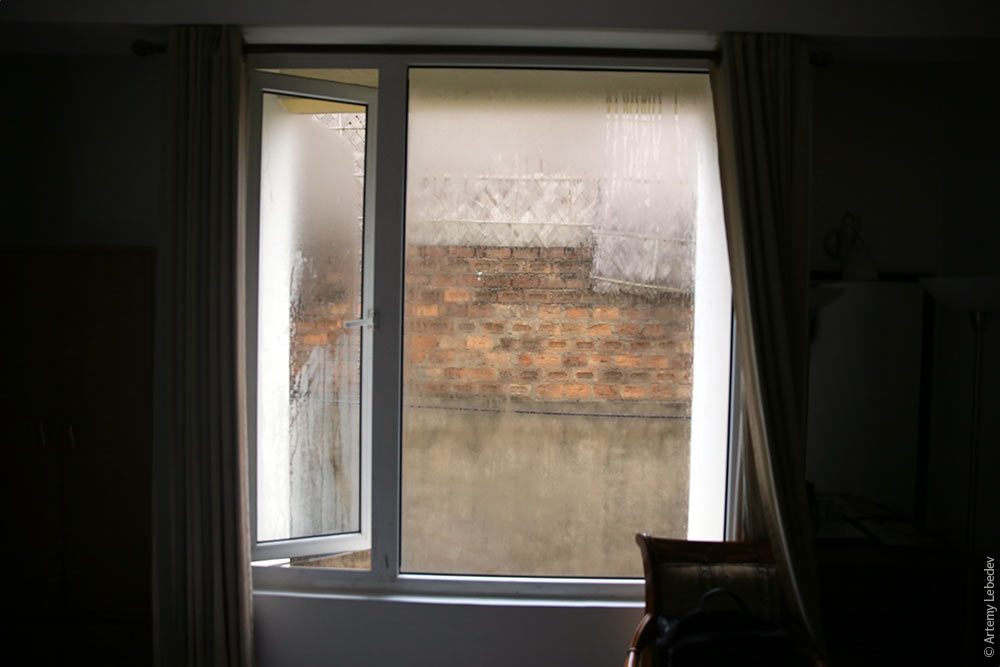 The good rooms in our hotel have a view of the lake. Here it is — covered in pond scum. 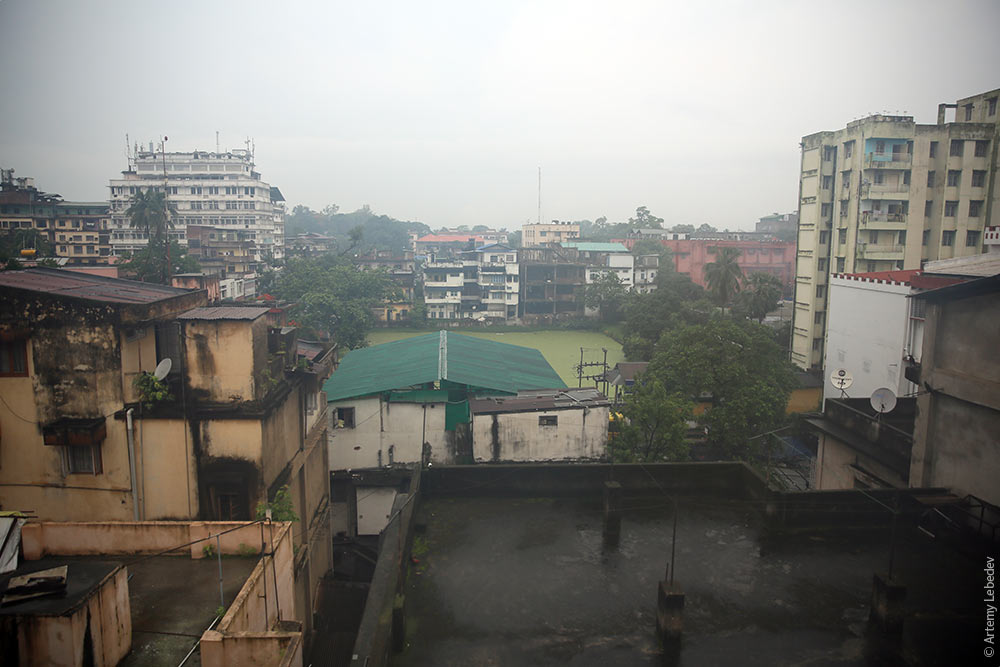 Radish-like dome. 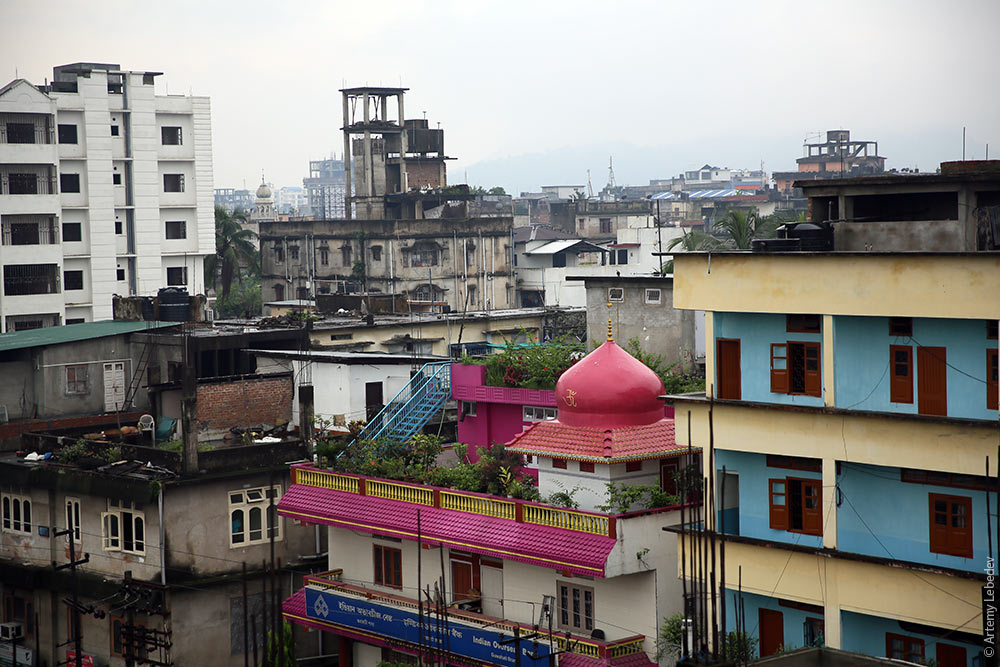 Guwahati is a fairly poor town, as confirmed by the pedicabs. In the more well-to-do cities no one pedals, they all have a motor, however measley. 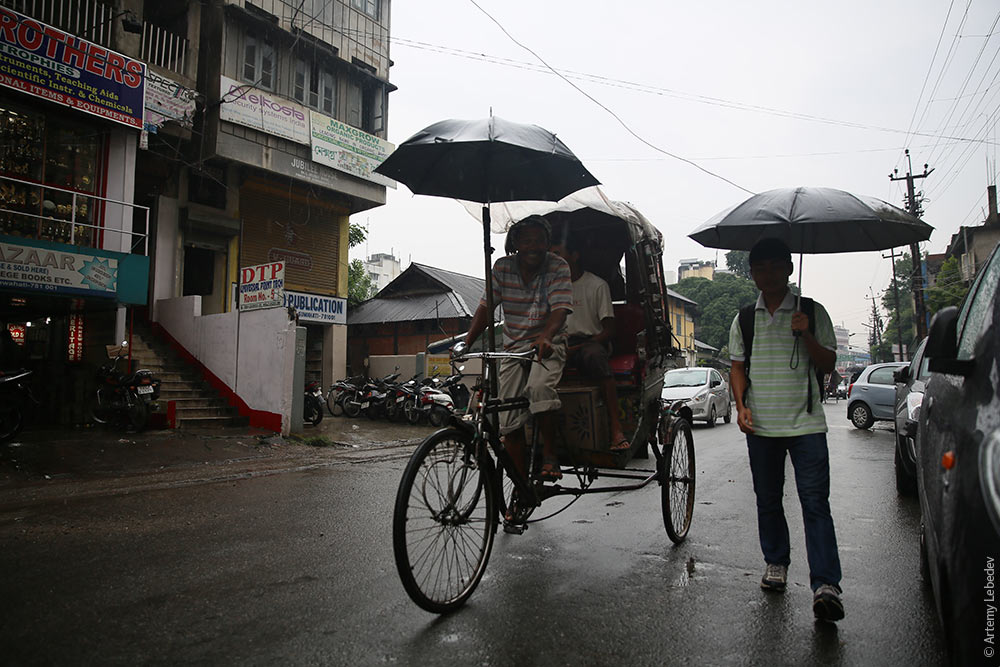 Drinking water. Ethnographic fact of the day: it’s so hot in India that you can drink a two litre bottle of water but still have no urine to piss out. 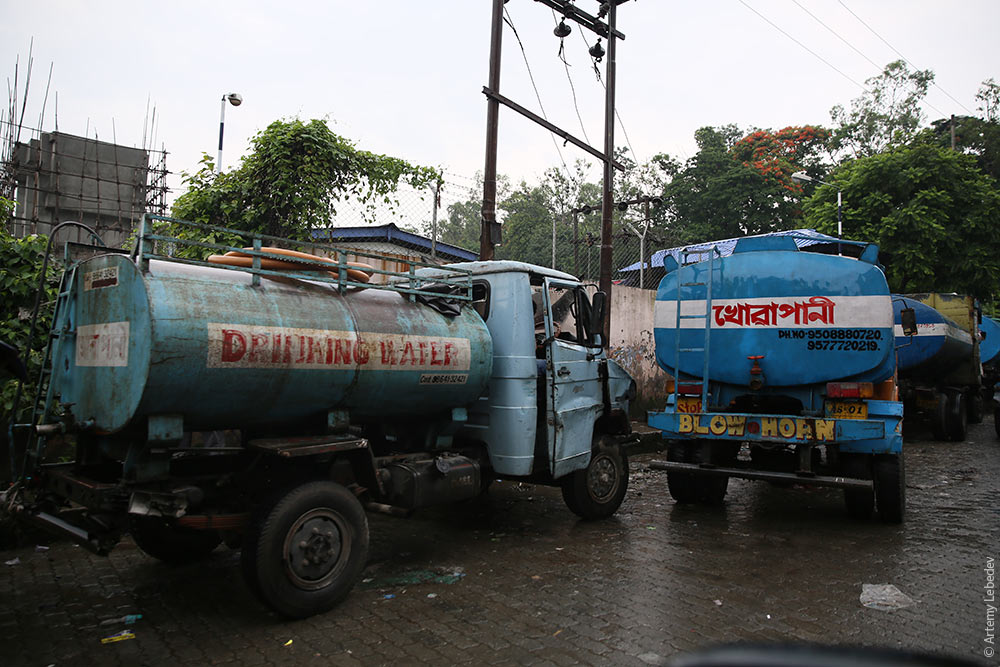 Street food. Readers used to buying everything, even their bread, in plastic bags, might look aghast at the state of this kitchen. But to my mind, this is the most delicious food you can get. I love these sorts of joints. 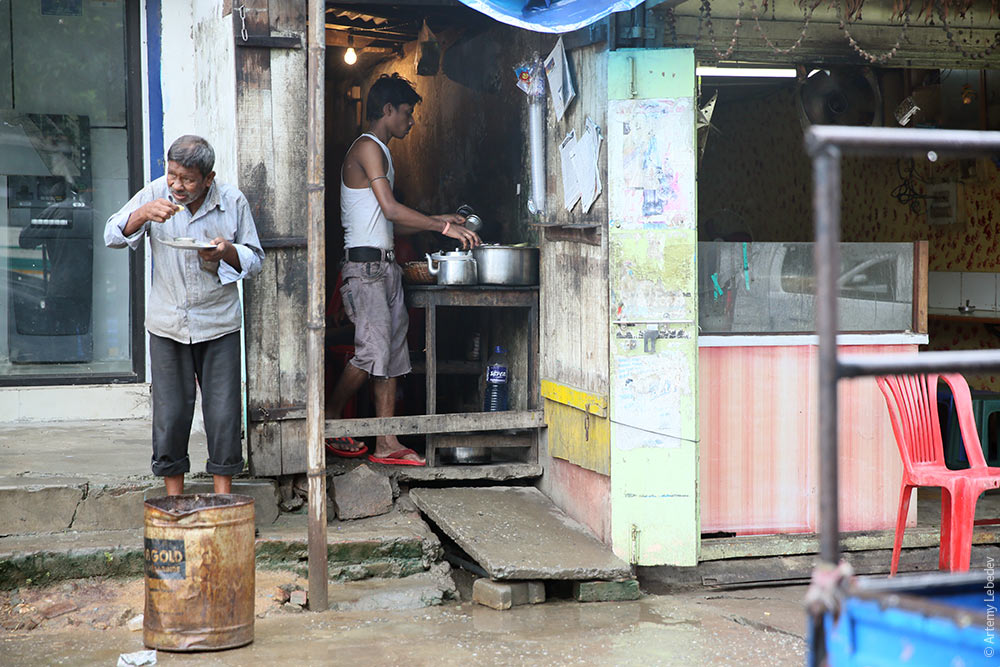 Narrow street. 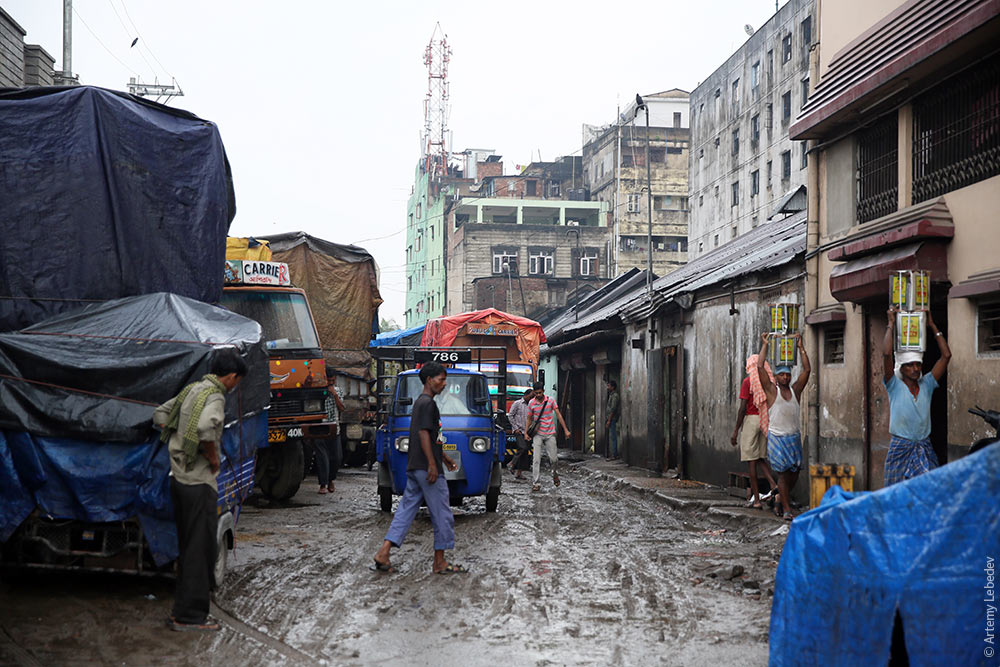 Temple.  The city. 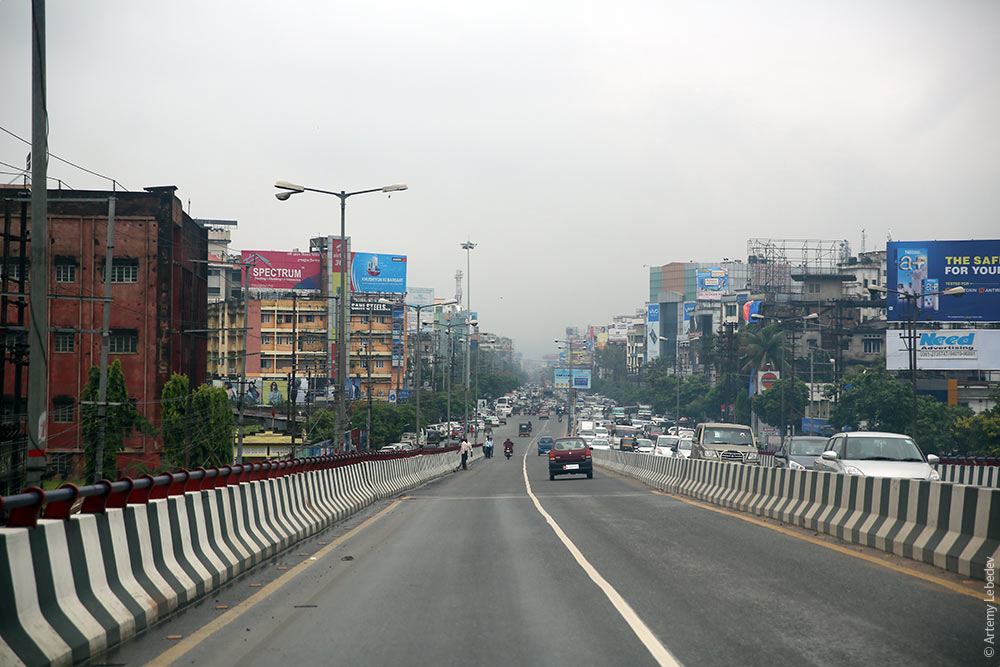 House.  Little elephant. 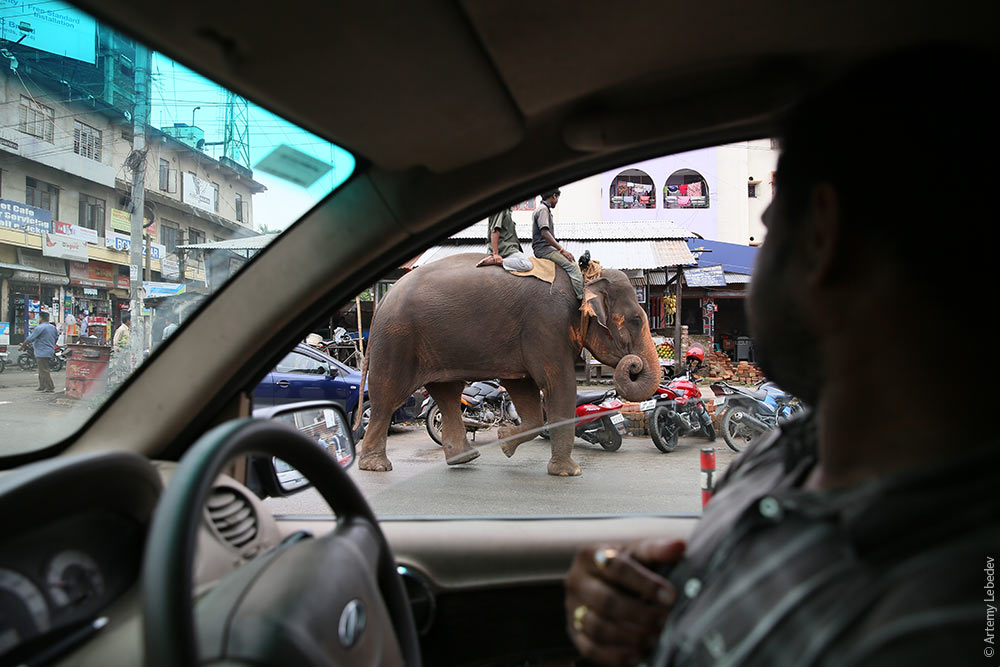 In India trains are unbelievably long — 24 carriages. And they are all jam-packed. Meanwhile, air travel is a hassle. Almost all flights go through Delhi because air connectivity is poor (especially compared to Indonesia where you can travel between any two cities without a layover). 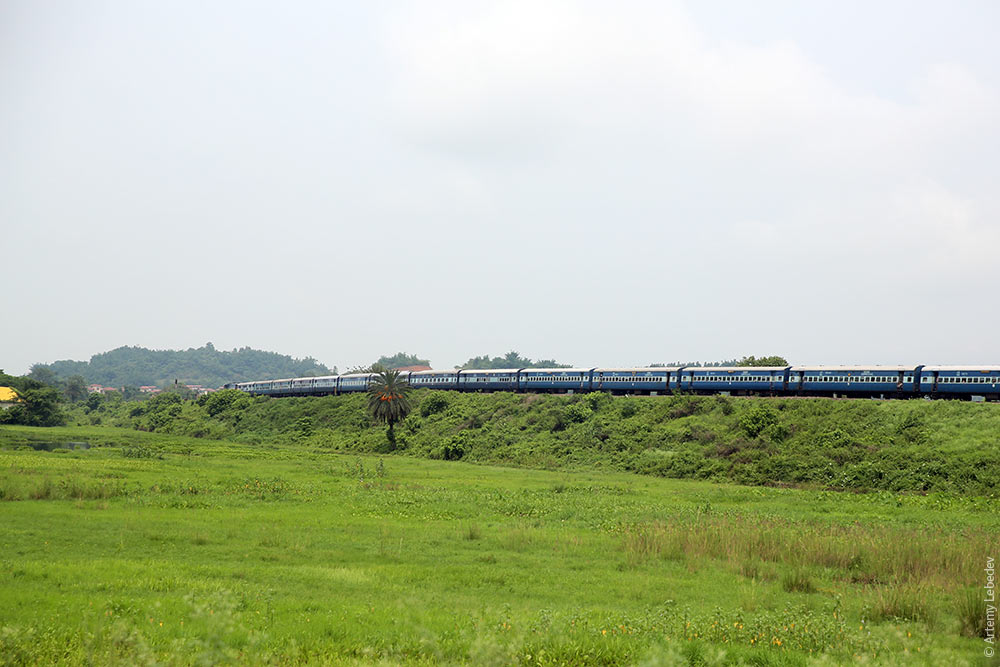 Road strewn with obstacles — cows. 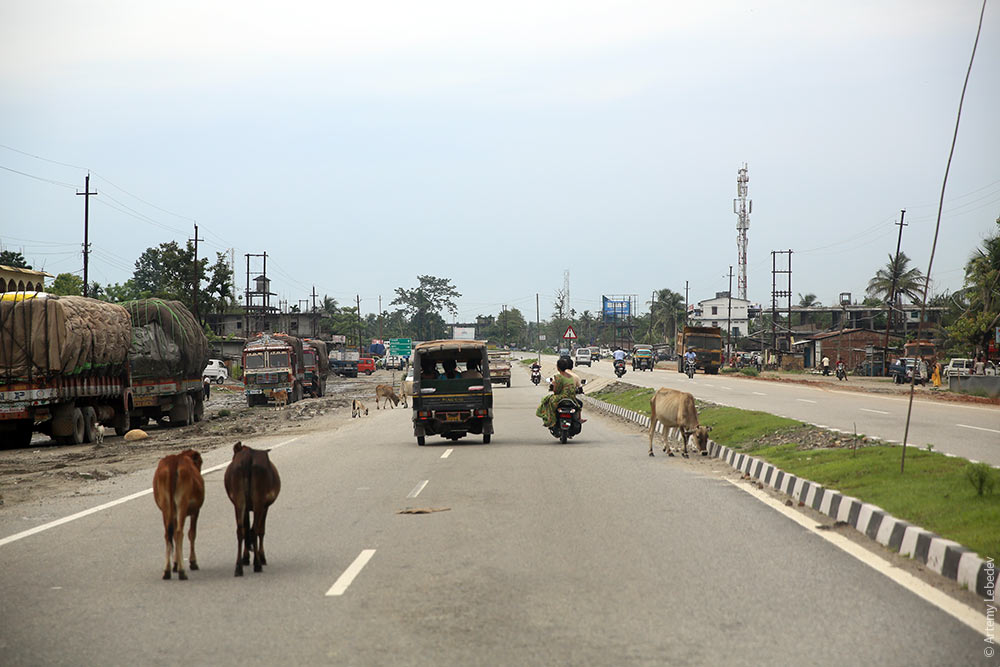 Having said that, I don’t recommend taking it too easy on Indian roads. A lorry might drive straight at you on the wrong side of the carriageway, even though there are two other lanes for oncoming traffic right there. 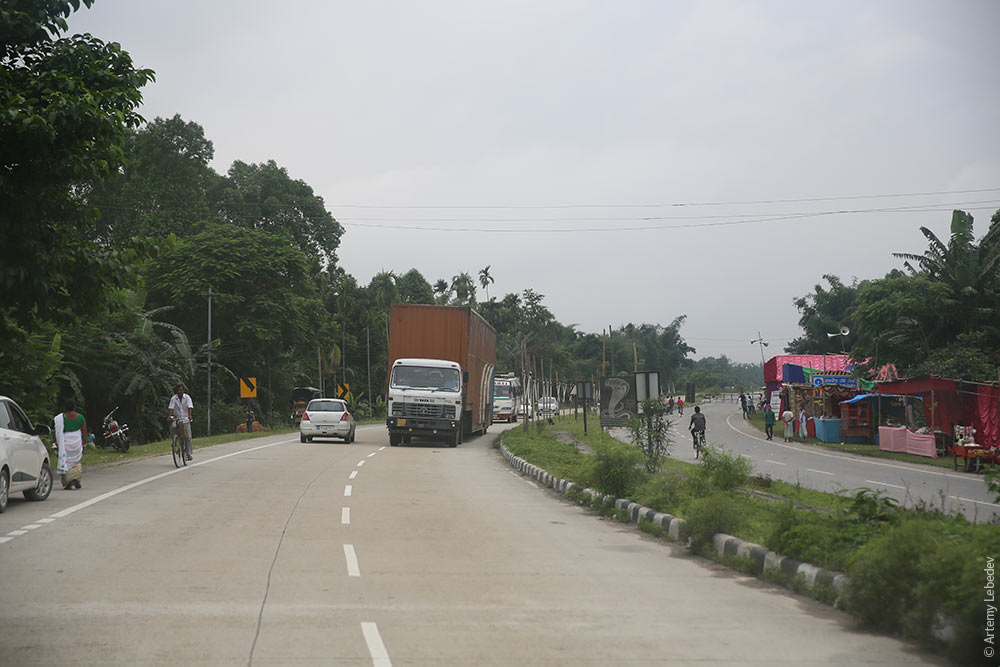 Tata is India’s flagship company. It does everything — from car manufacturing to operating cell phone networks, from building construction to water distribution. 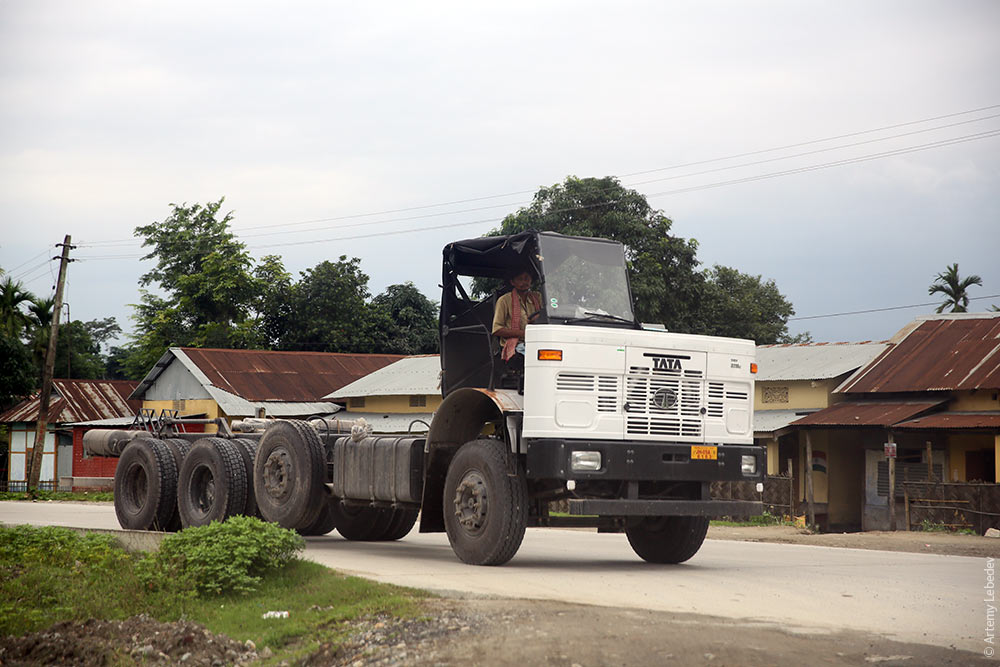 We had lunch in a restaurant with absolutely delightful decorations. On the one hand, they must look expensive. On the other hand, they should be cheap enough to ensure no one is tempted to steal them. Problem sorted — take a car tyre and paint it gold. It looks very respectable, but is of no value to anyone. 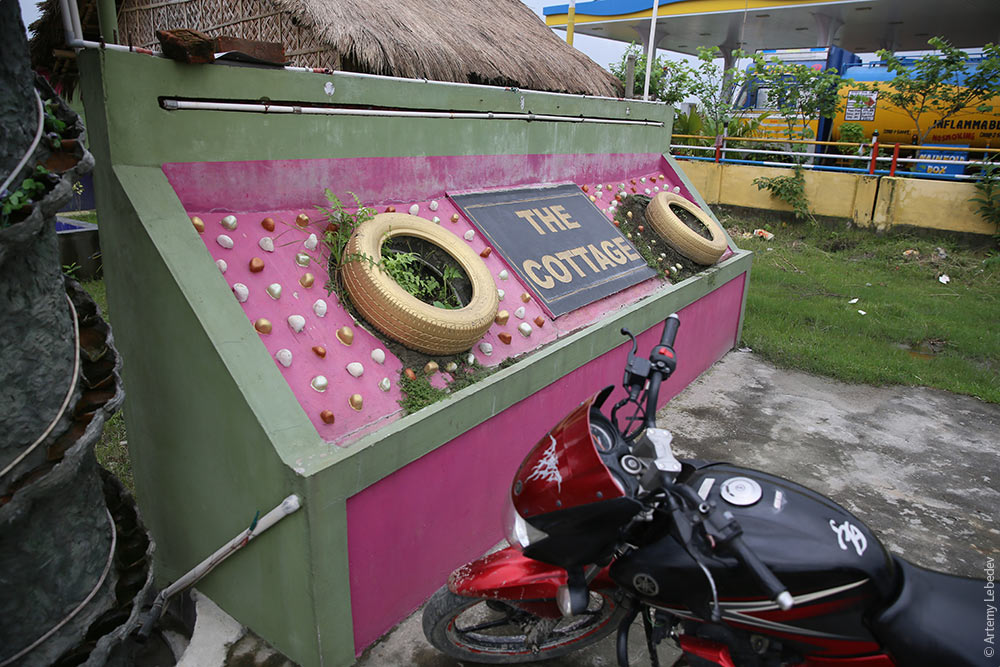 We had been driving for ages; it was three a.m. already. All of a sudden — bang! — traffic jam. And not just any old traffic jam — people had laid out bits of cardboard right on the pavement and were sleeping next to their vehicles. I wander ahead to see why we’re stuck. After about three hundred metres I get to the start of the queue, where a truck driver calmly starts his engine and gets going. Then the next one, and the one after that — Indians have this amazing ability to coordinate their movements, meaning that they all set off at almost the same time, instead of it taking half an hour like it does in Russia. I run back to our car and make it in the nick of time before it’s our turn to make a move. The drivers who were fast asleep barely a minute ago have already jumped up and hit the road. Why everyone was stuck and lying around remains a mystery. 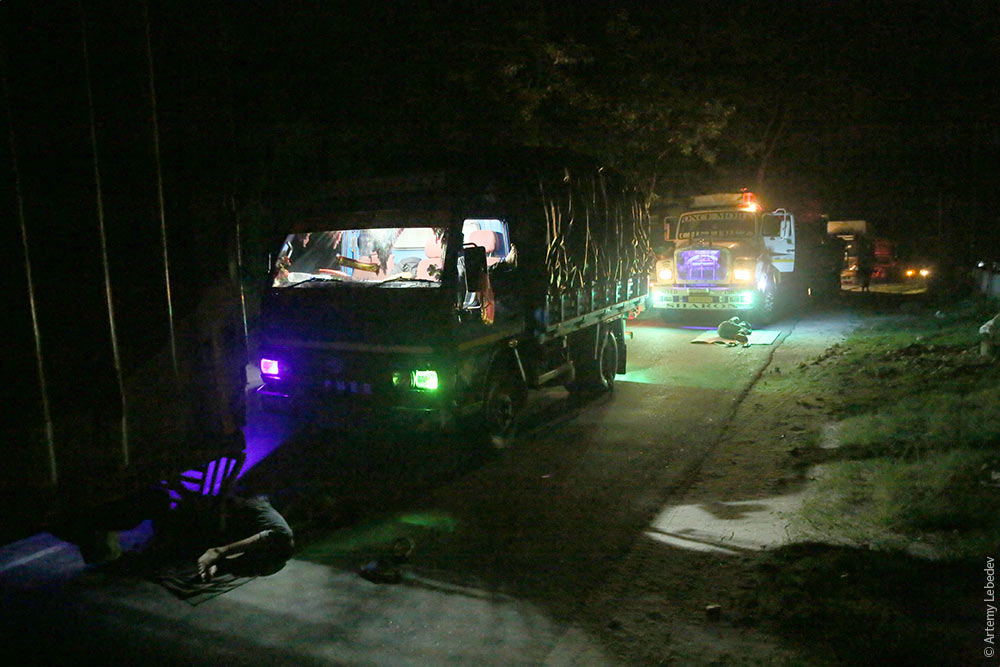 About ten kilometres later we get to the border with Sikkim state. We get some great news: foreigners can only enter this state with a permit, and permits are only issued between eight a.m. and eight p.m. It is four in the morning at that point. GangtokMapSikkim is a Tibetan state. This is why the Indians here don’t really look like Indians. 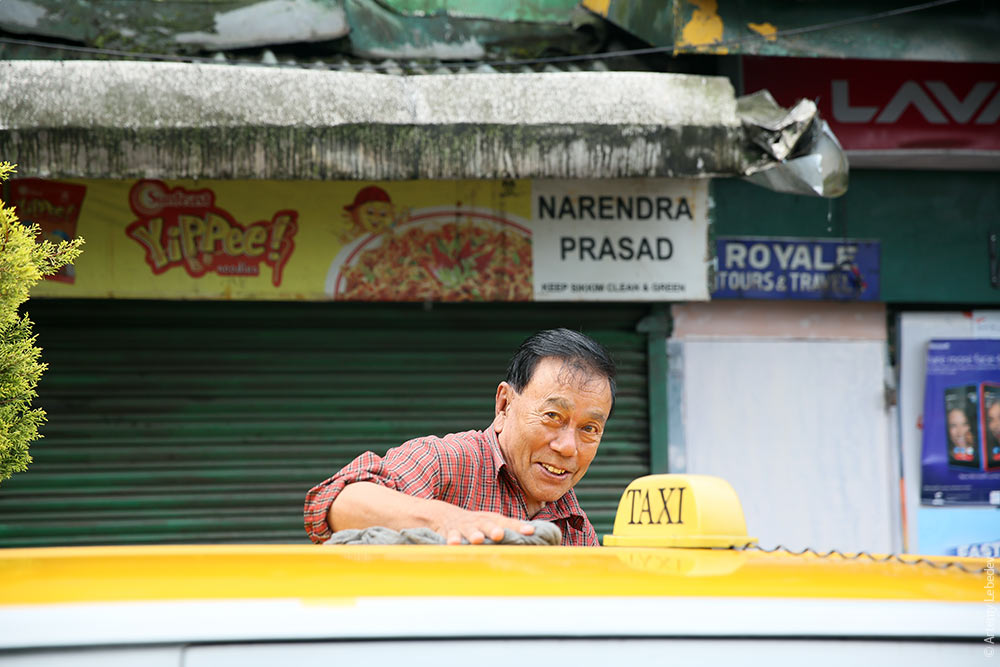 The view from our dormitory. 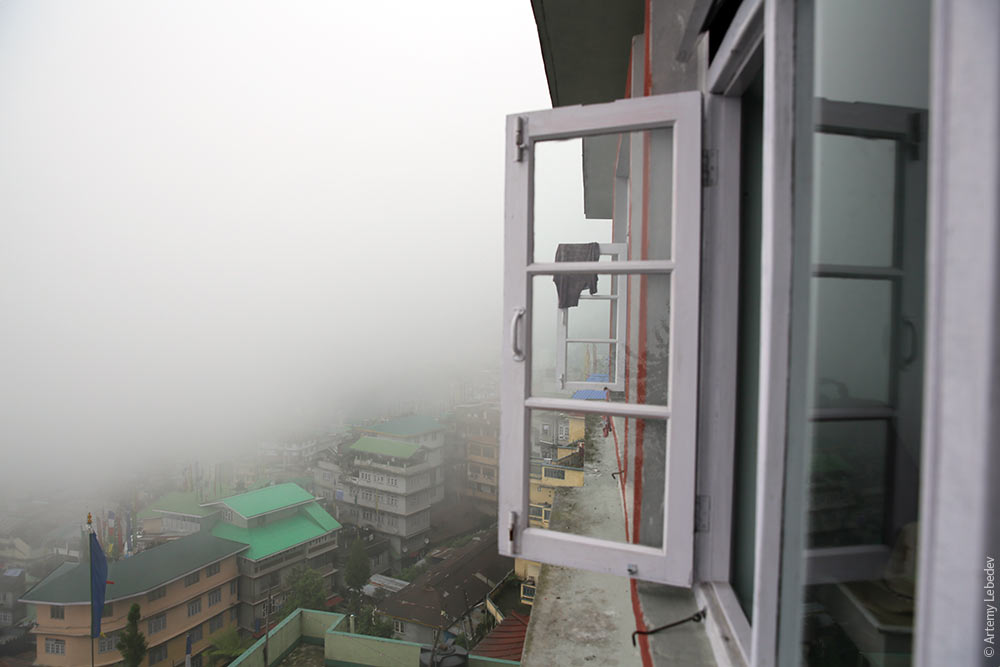 The city of Gangtok. 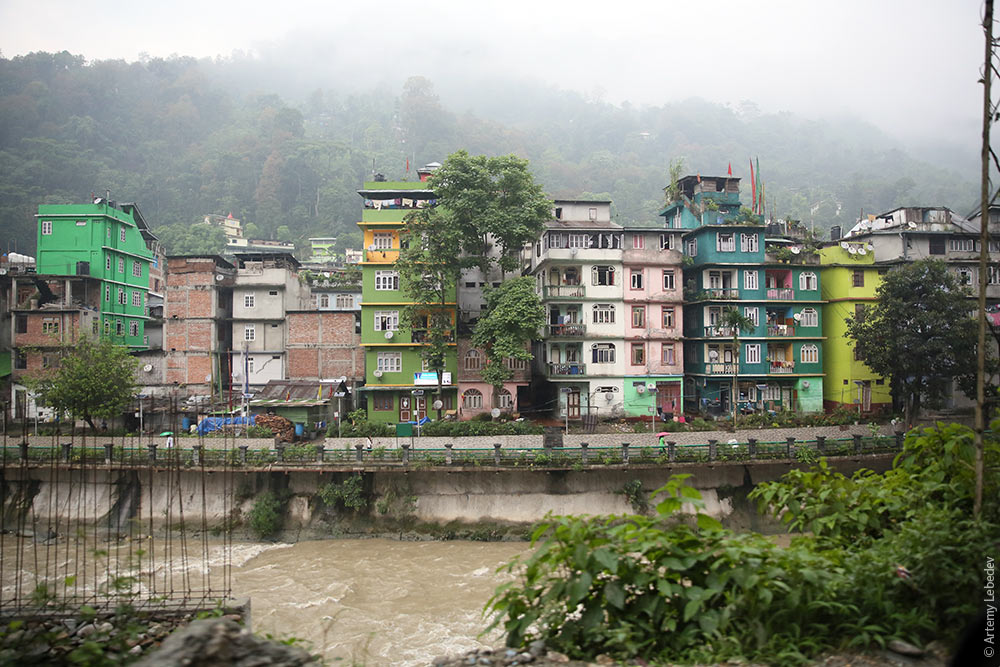 The place is very touristy. And the number of taxis is astounding.  At the bus station there’s nothing but jeeps. Almost all of them are made by Tata. 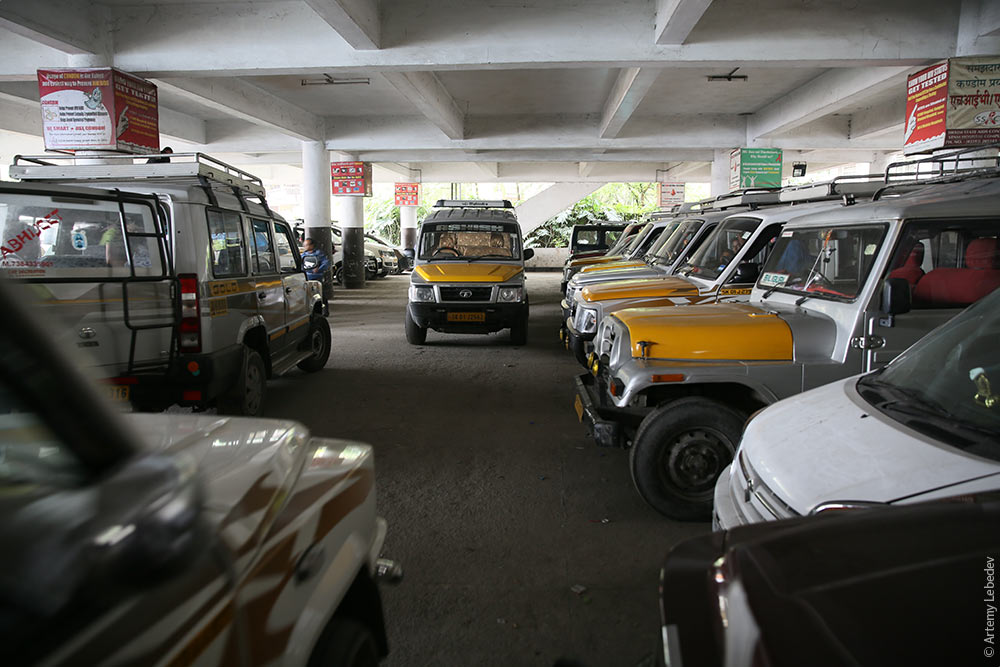 The city sits on a mountain, which explains why practically everything is at a 45-degree gradient.  Sikkim has one very curious distinctive feature — the shapes of the windows are very nice and varied, and there are countless smaller ventilation windows. You can immediately tell that Indians know their stuff when it comes to ventilation. Each of the ten ventilation windows can be opened at different angles in order to get the optimal, most comfortable stream of fresh air. 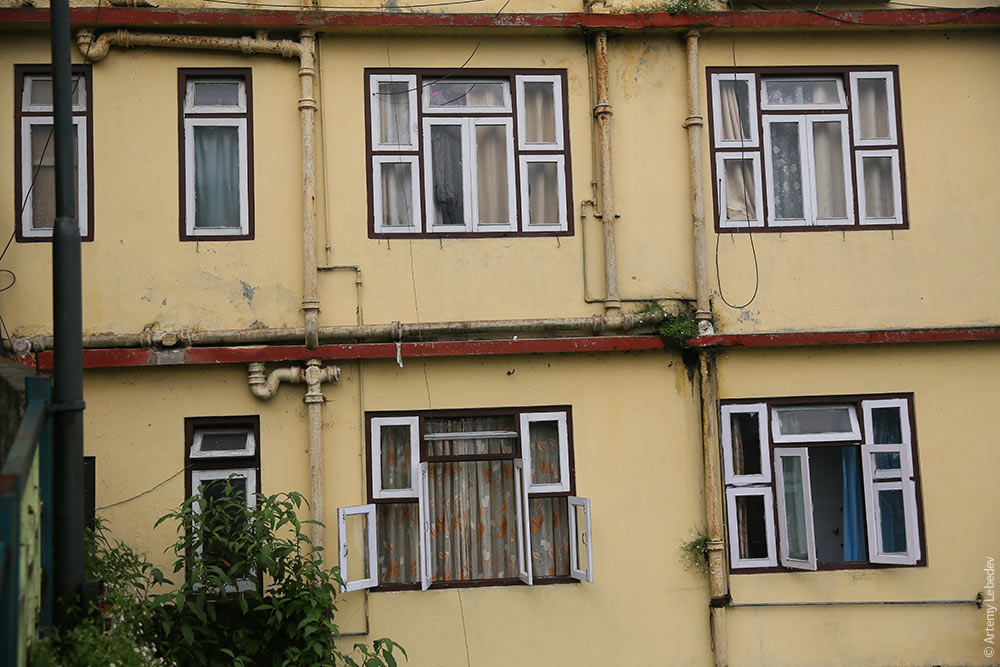 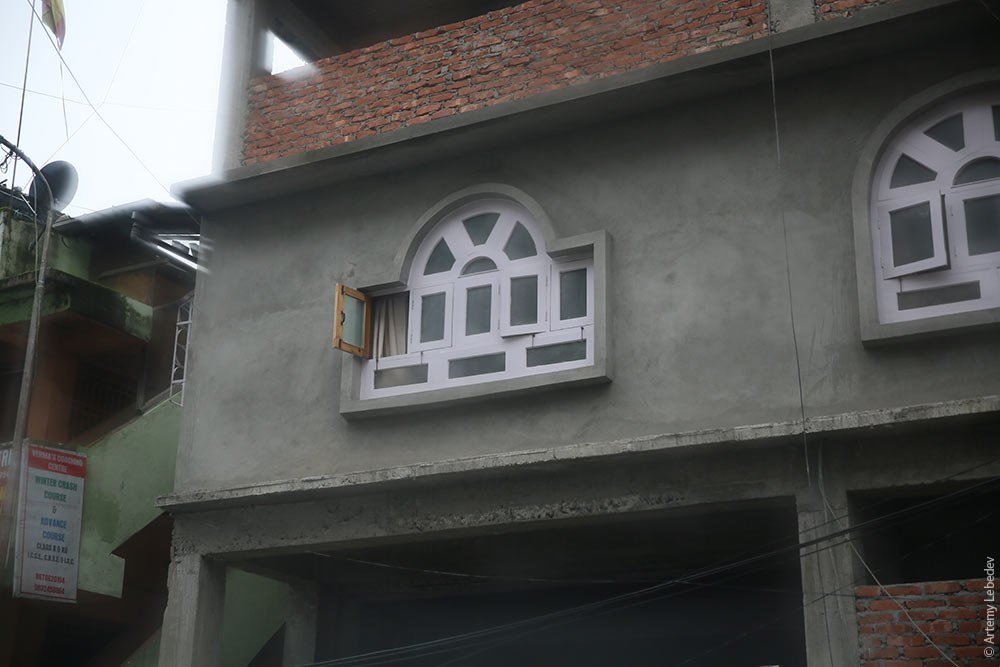 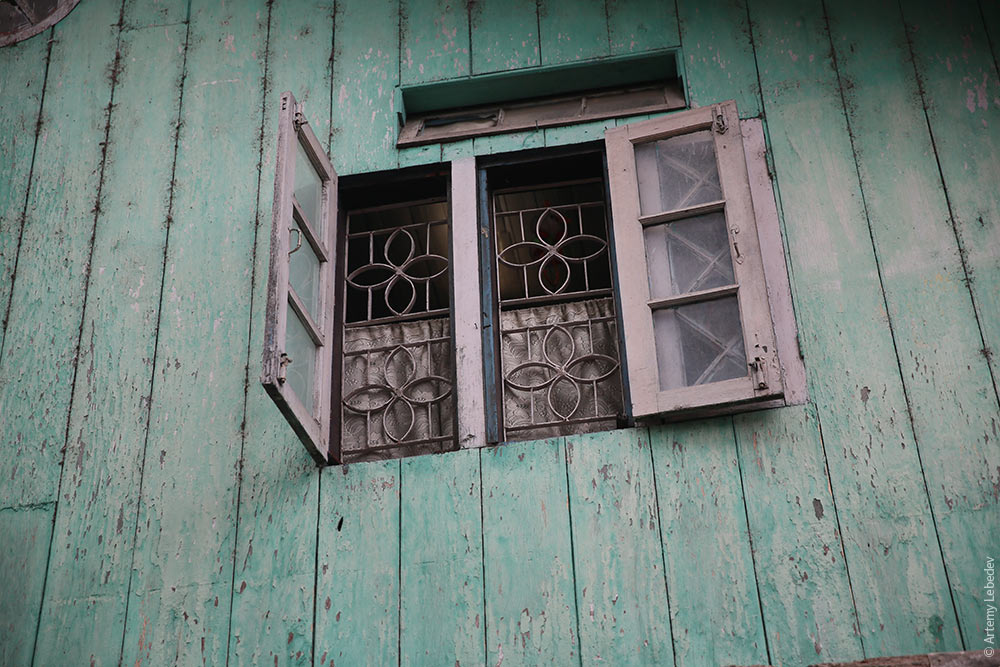 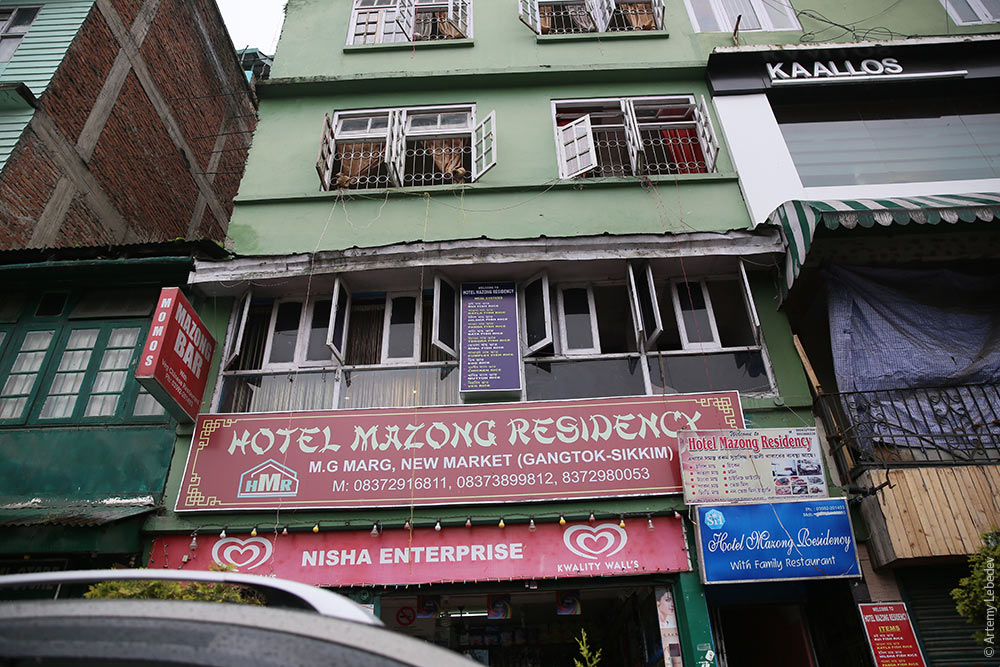 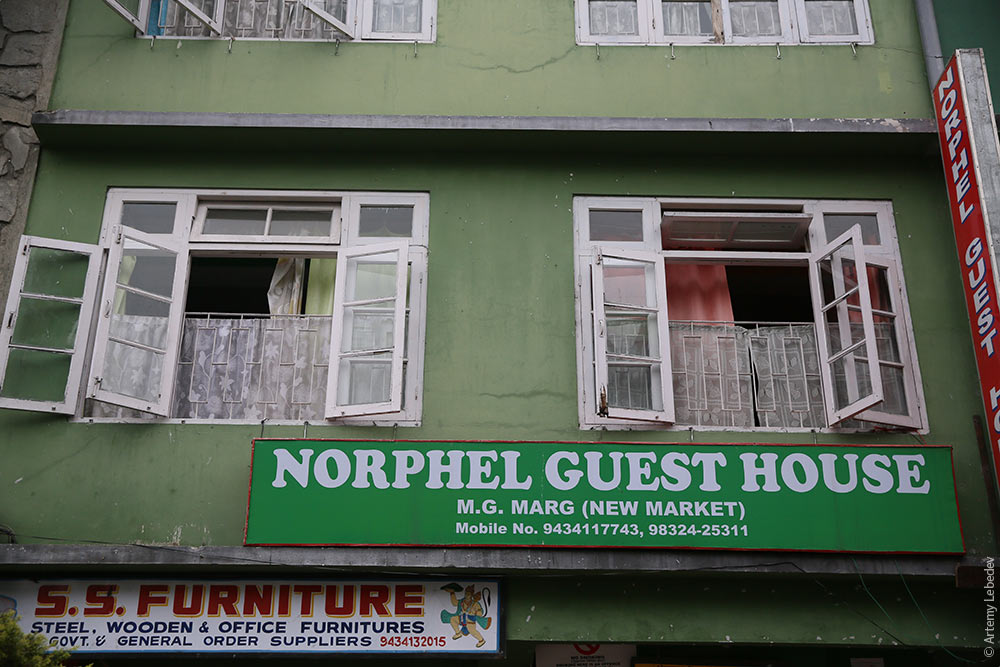 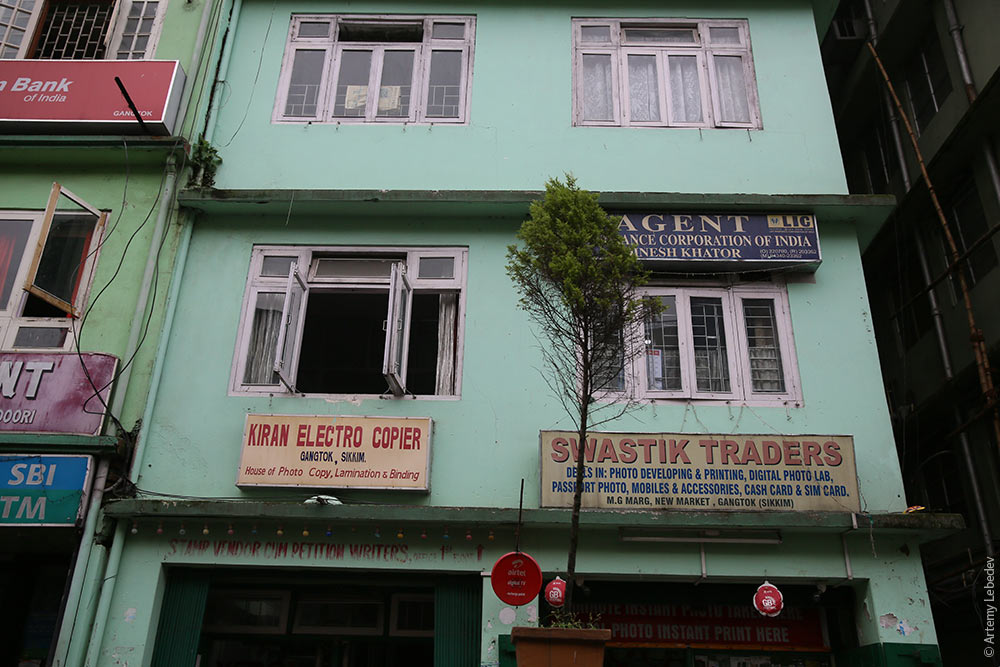  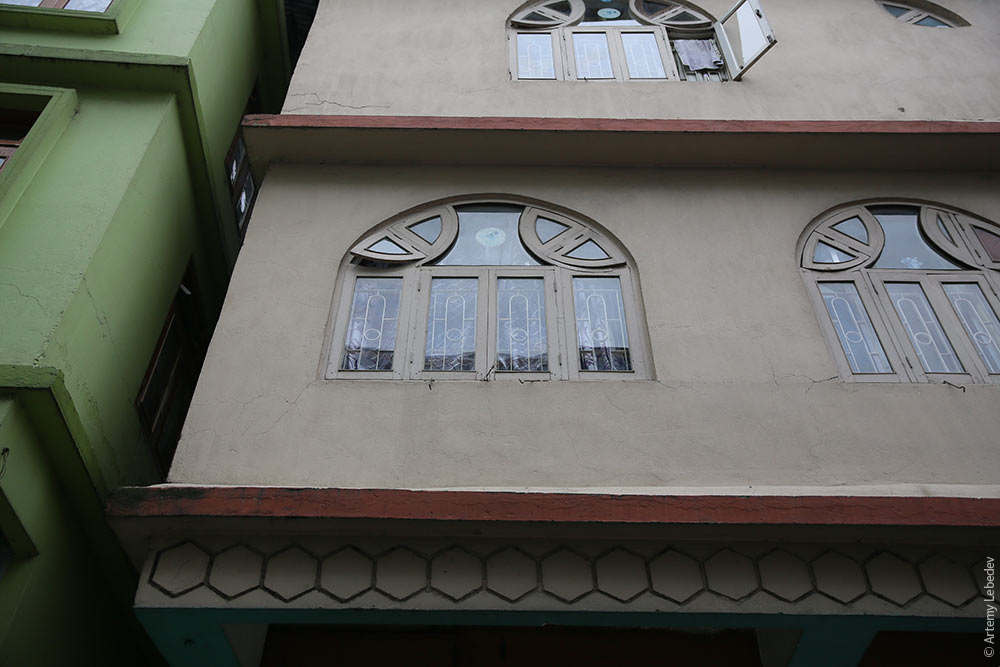 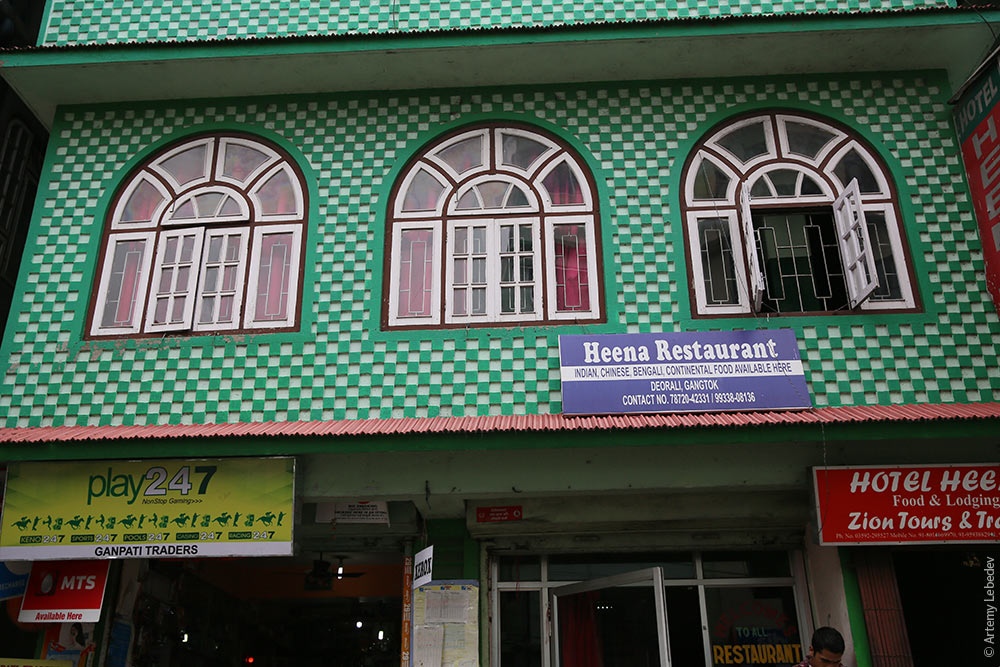 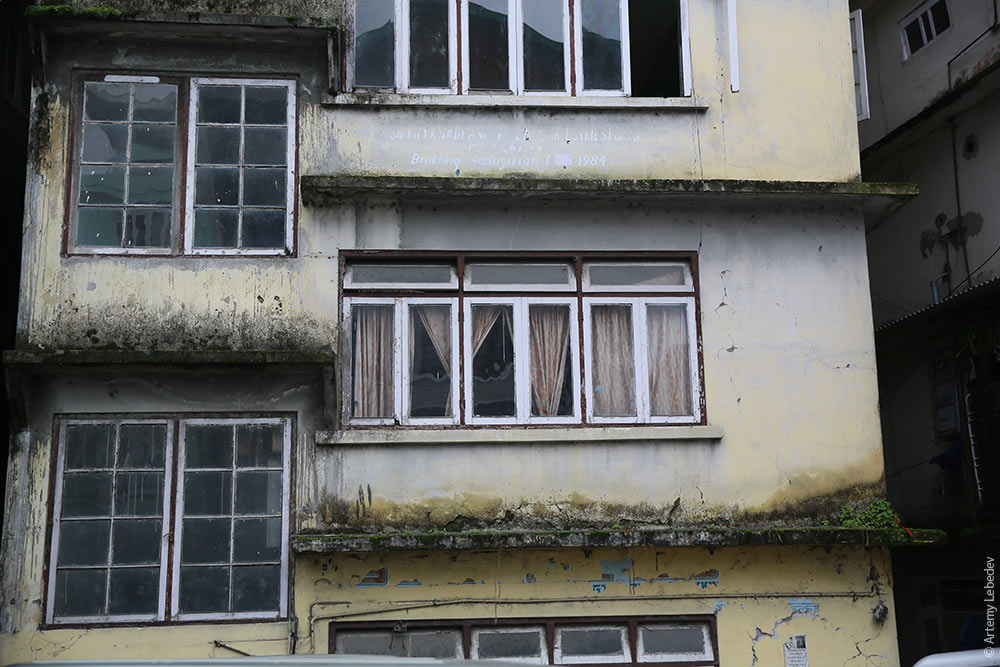 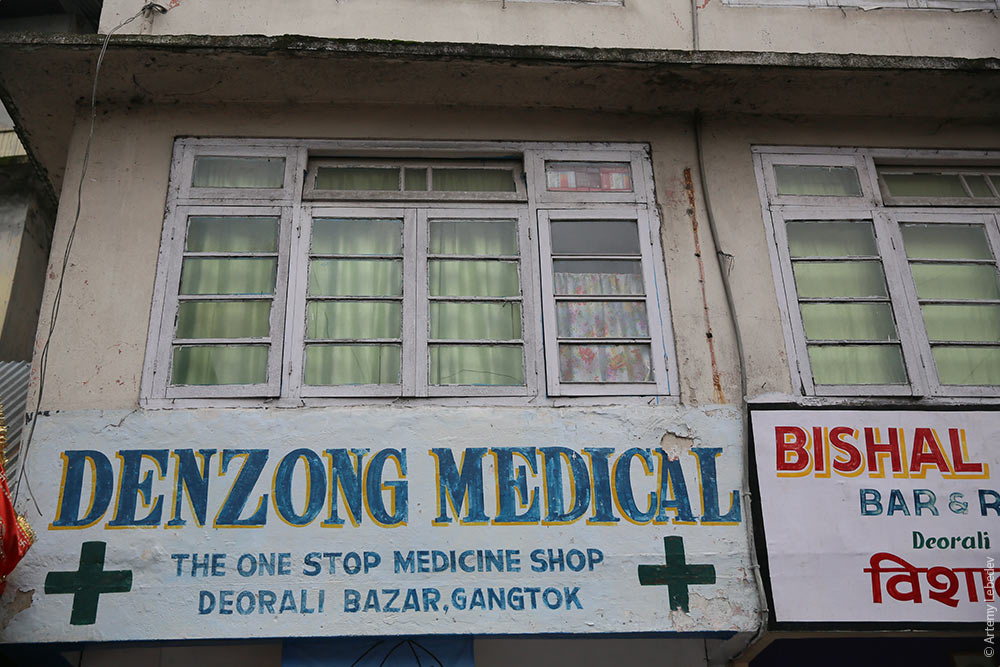 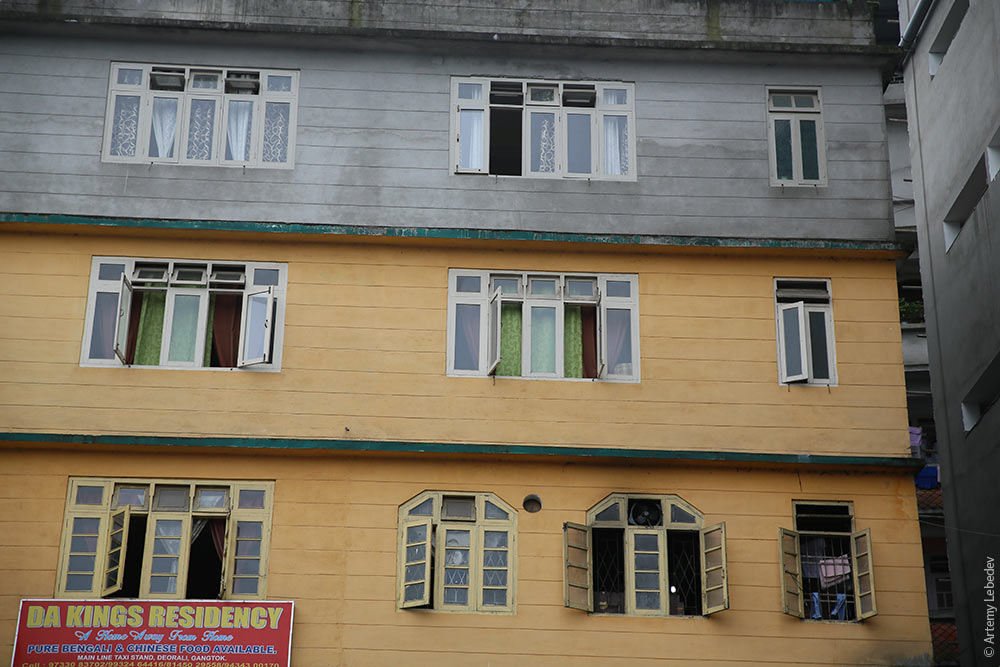 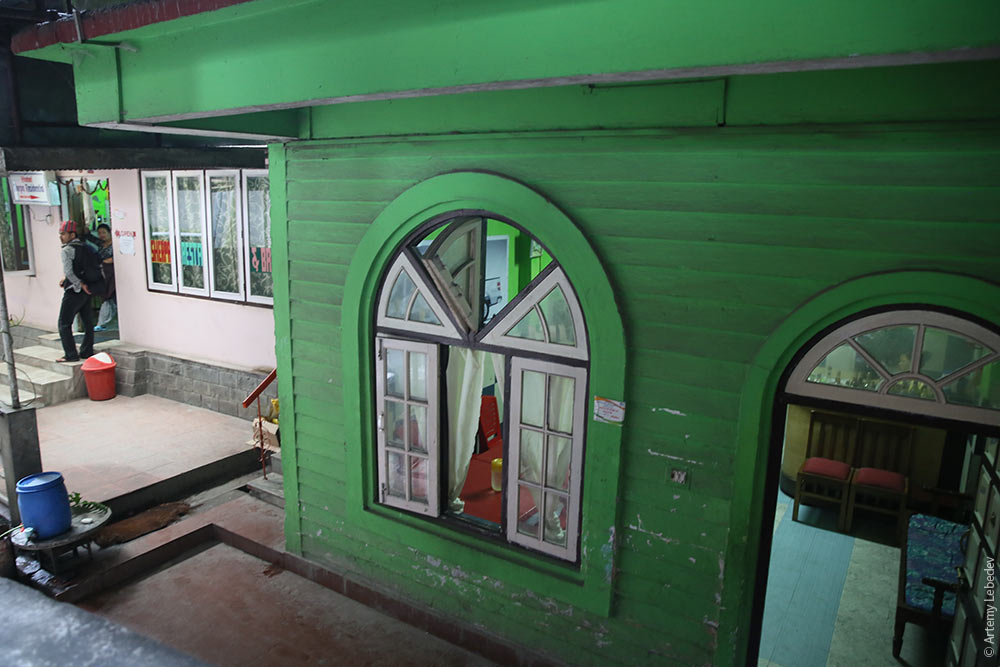 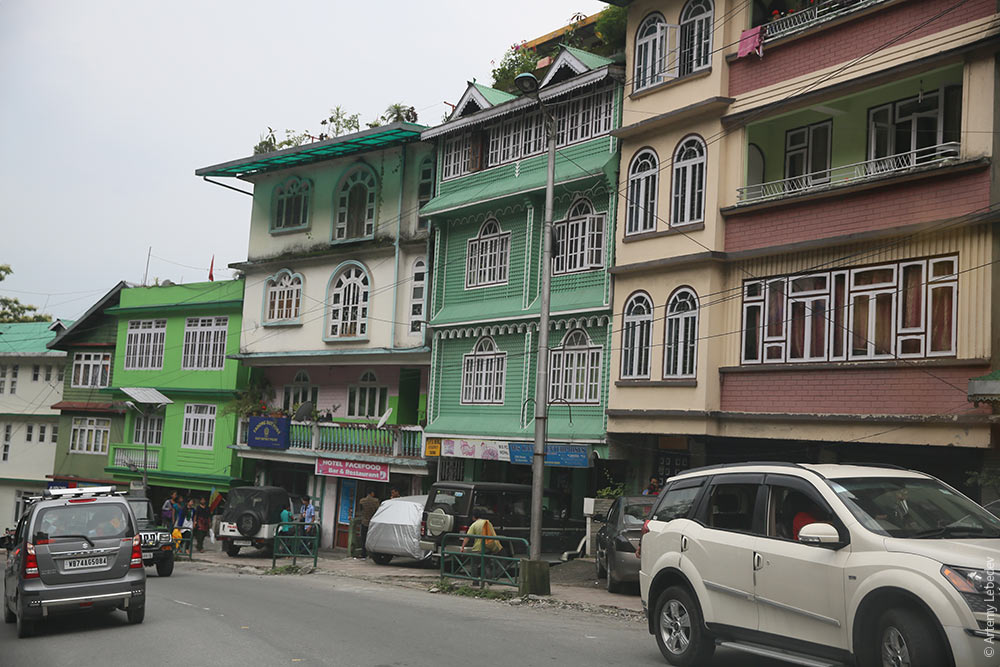 It’s not just the people and the architecture that set Sikkim apart from other states; it’s also the somewhat brazen advertising. For example, here they’re selling strawberry-flavoured condoms to anyone who’s interested.  I wonder who their target audience is? And what the female traffic controller by the road works near the billboard thinks about strawberry-flavoured condoms?  DarjeelingMapThis is the place where Darjeeling tea grows. 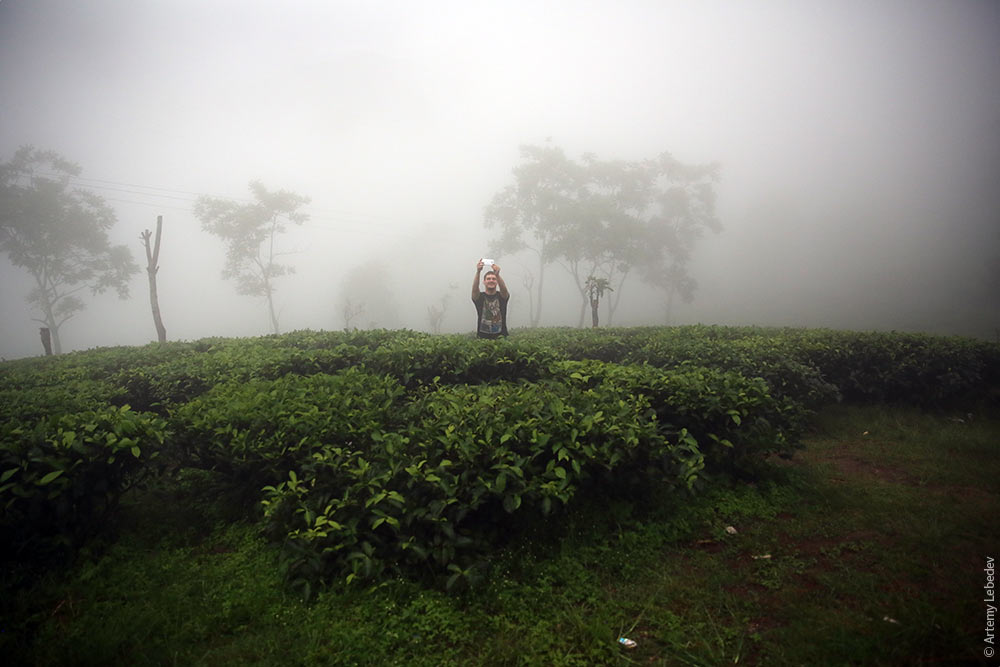 This tea is sold to all the tourists. As for the Indians, they drink the same tea as the Chinese do — brewed from “Lipton” tea bags. They add ample sugar and plenty of milk. 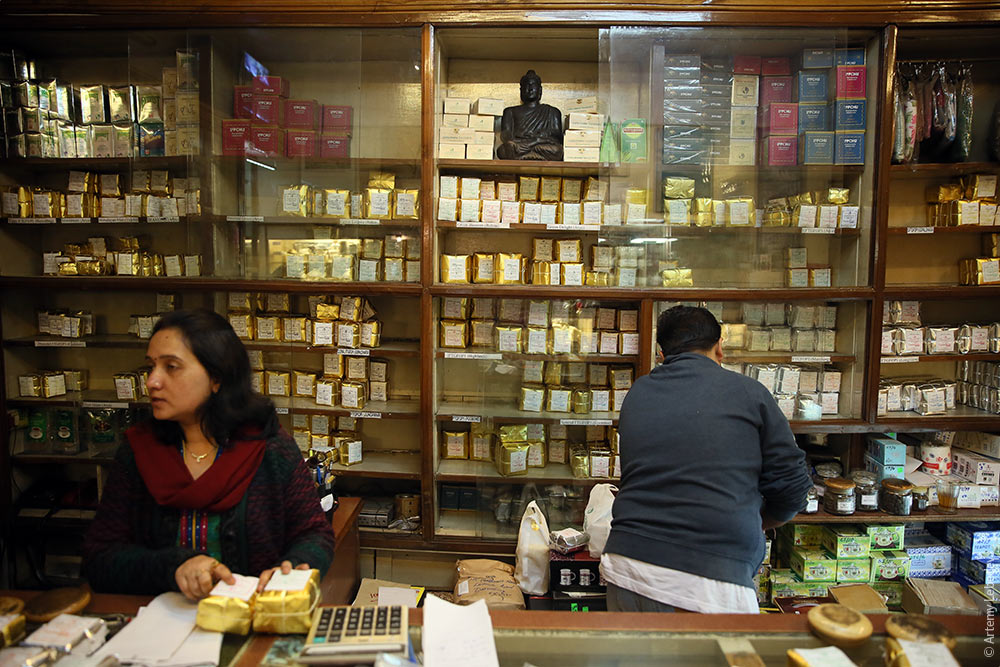 We met an extremely colourful character who sells tickets, exchanges currency and organises tours. A phenomenal swindler, scoundrel and sweetheart. His office is full of Ganesh statues, models of the Darjeeling steam locomotive, Shivas and other Buddhas. Half of the exhibits move or rotate. There’s a tabletop fountain gurgling, a reminder of they way the travel agent’s speech: “Madam, I’ve been in the tourism business for twenty two years and I can assure you that I never charge any commission whatsoever”. And yet his dollar exchange rate is 50, while everywhere else it’s 63. 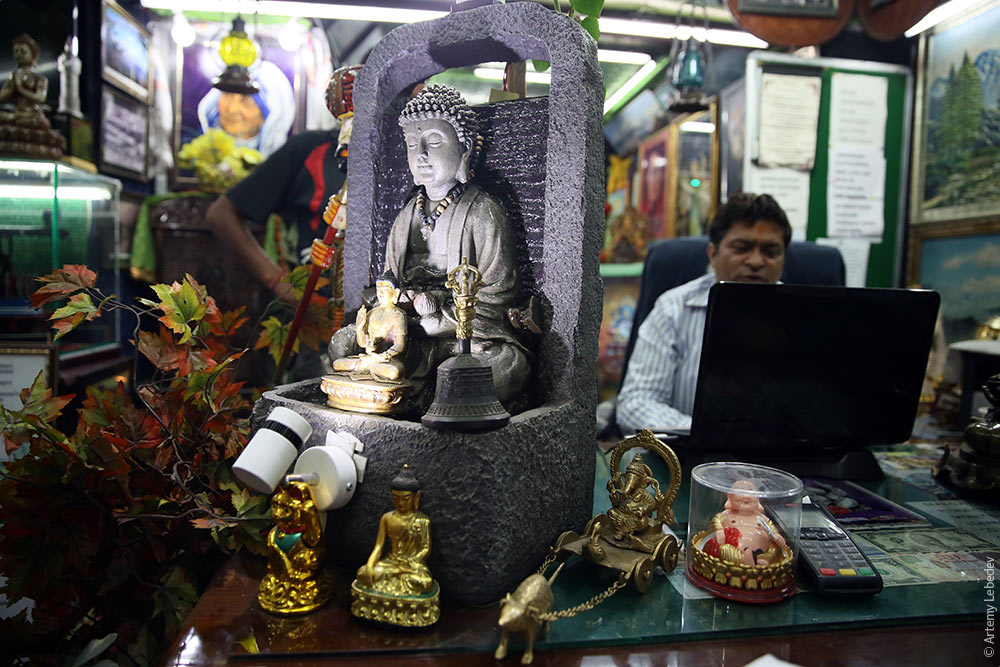 The British planted tea and a few Victorian buildings. 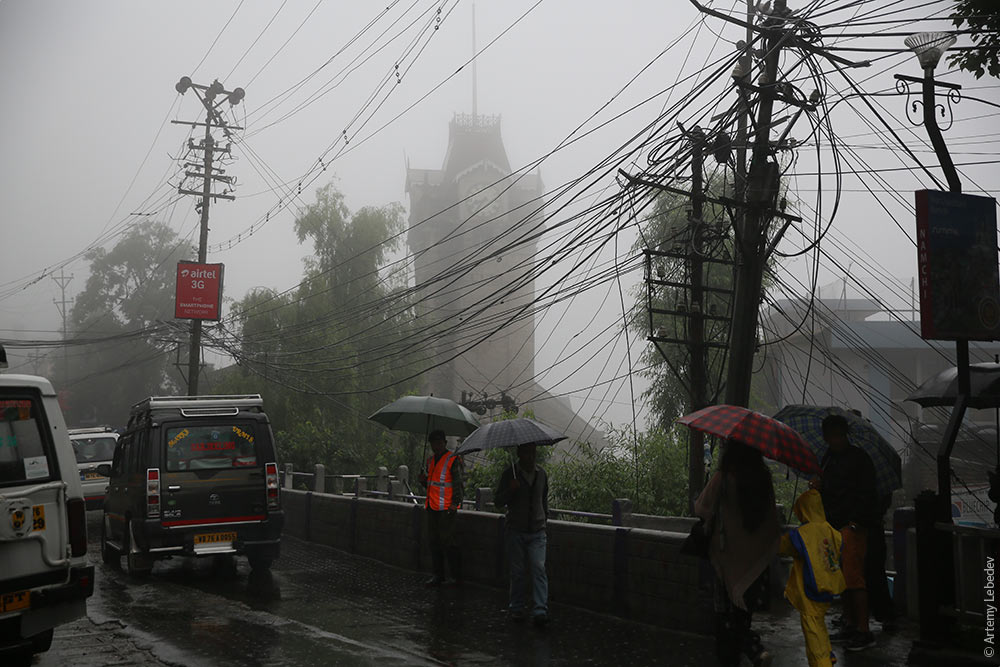 All of the roads are sloping and slippery, so they have built in little stones as an anti-slip measure. 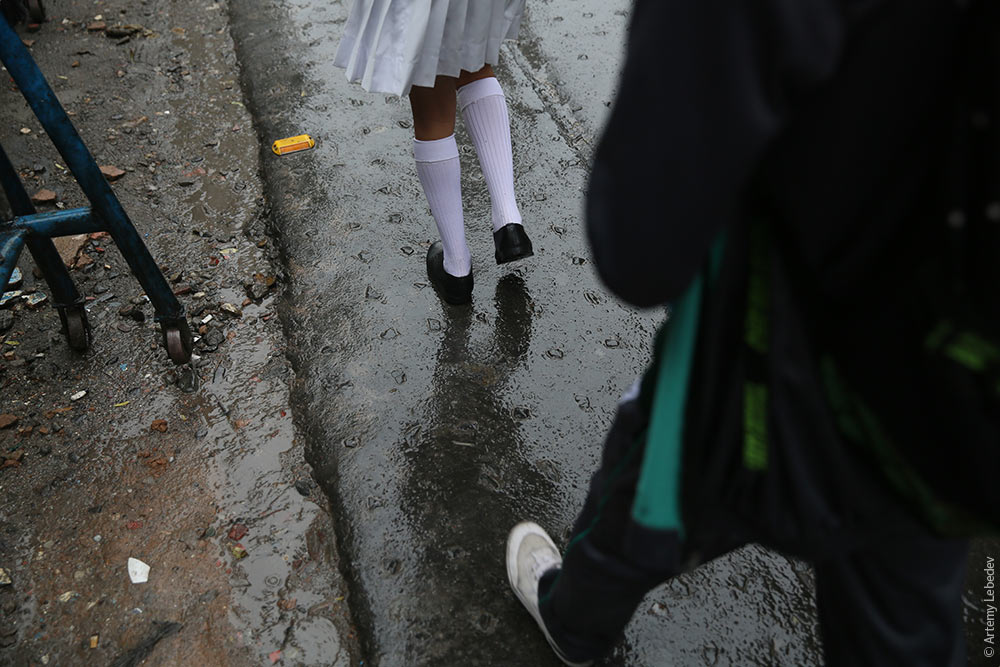 You can follow the water pipes to see where they lead, just like you can with cables.  Alleyway. 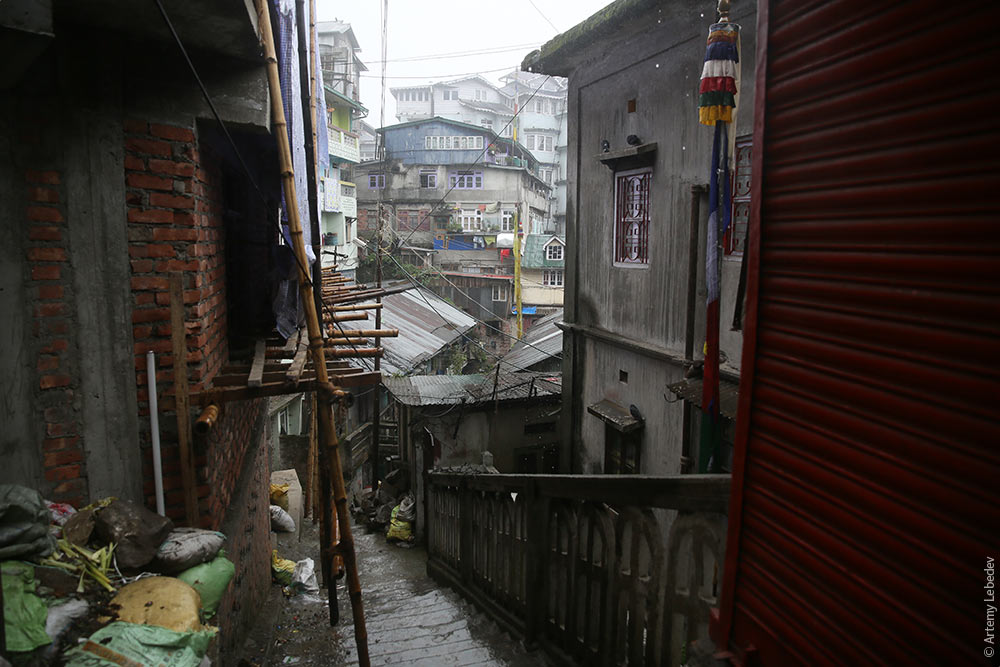 Schoolgirls. 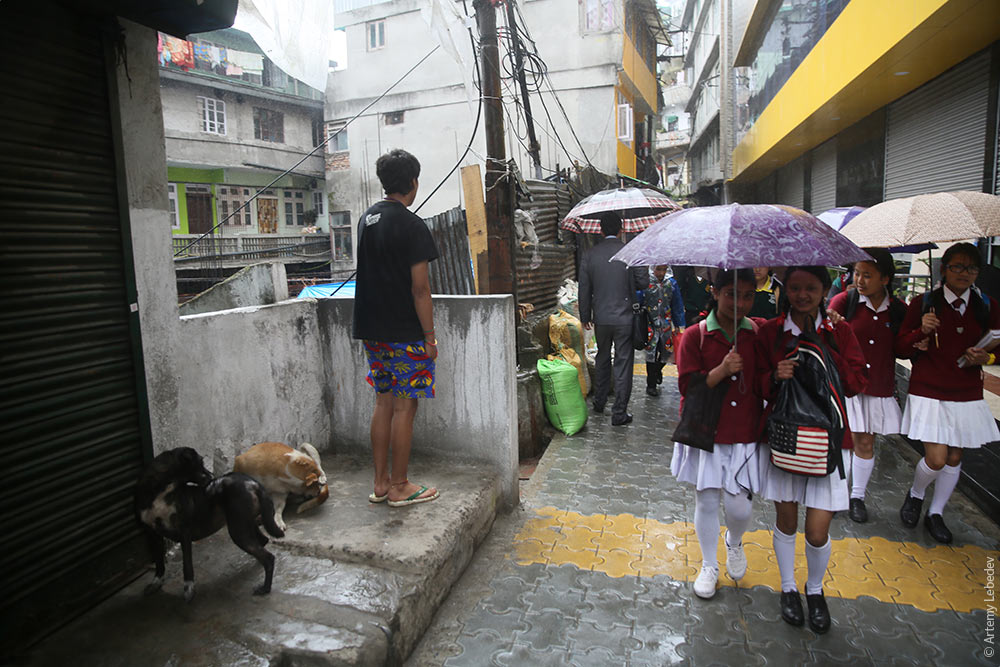 Bygone beauty, and she’s still got it.  The first time I’ve seen a green letterbox in India. It’s for intra- state deliveries. 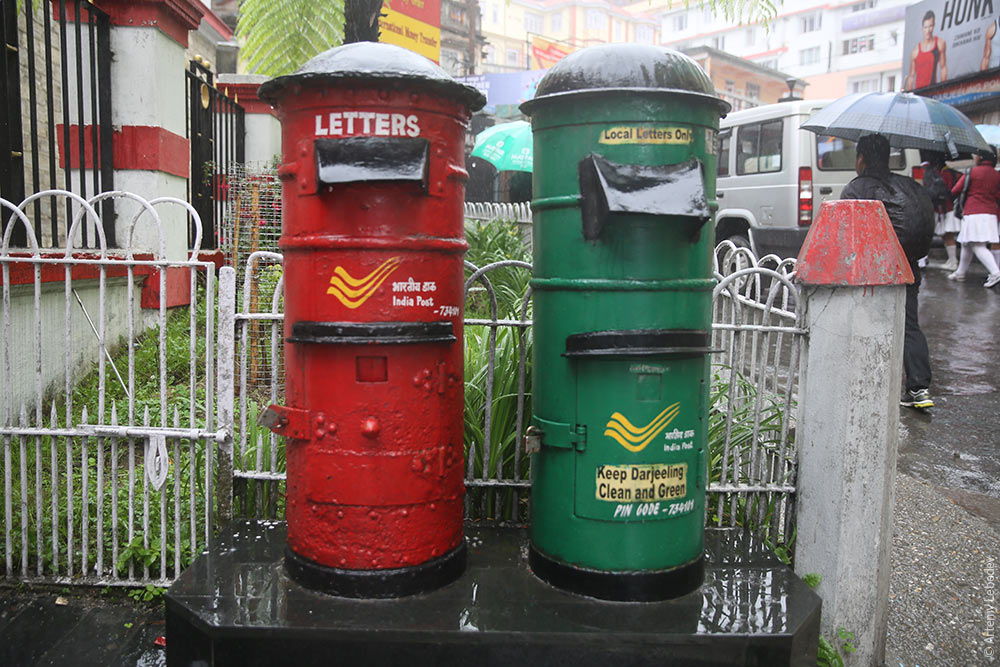 They have their own narrow- gauge railway here (see the feature film “The Darjeeling Limited”), now a Unesco world heritage site. 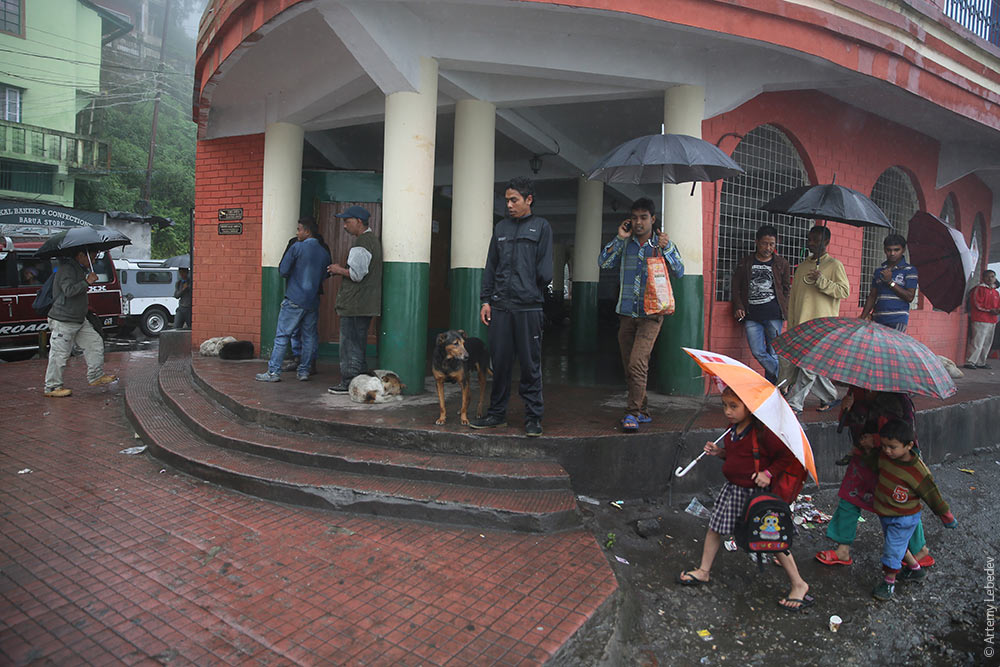 Tickets for the 90 kilometre train journey through the mountains sell out many days in advance. 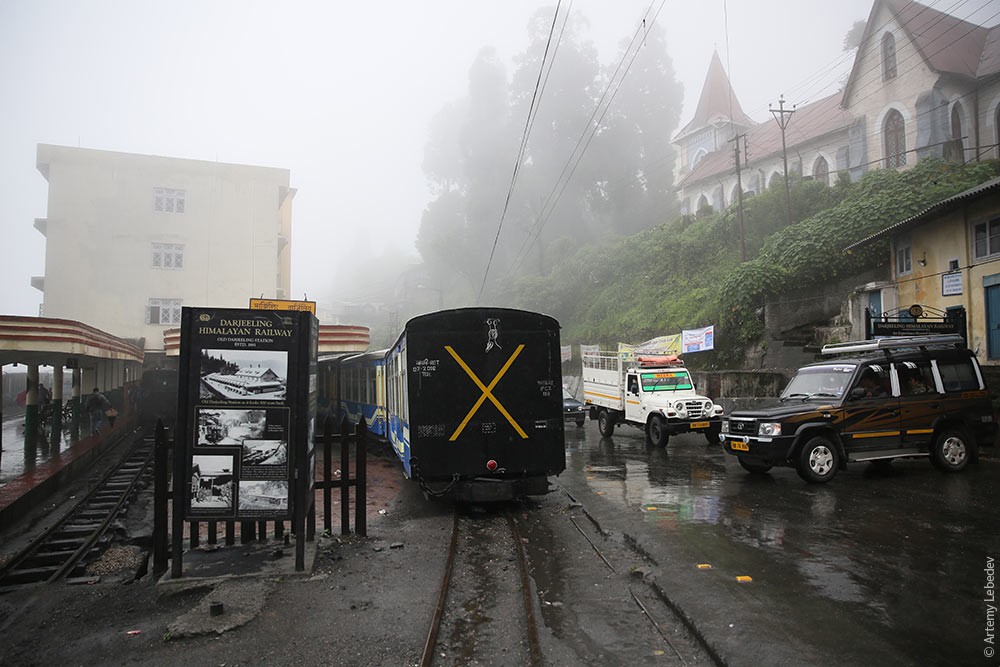 Tourists ride steam locomotives. 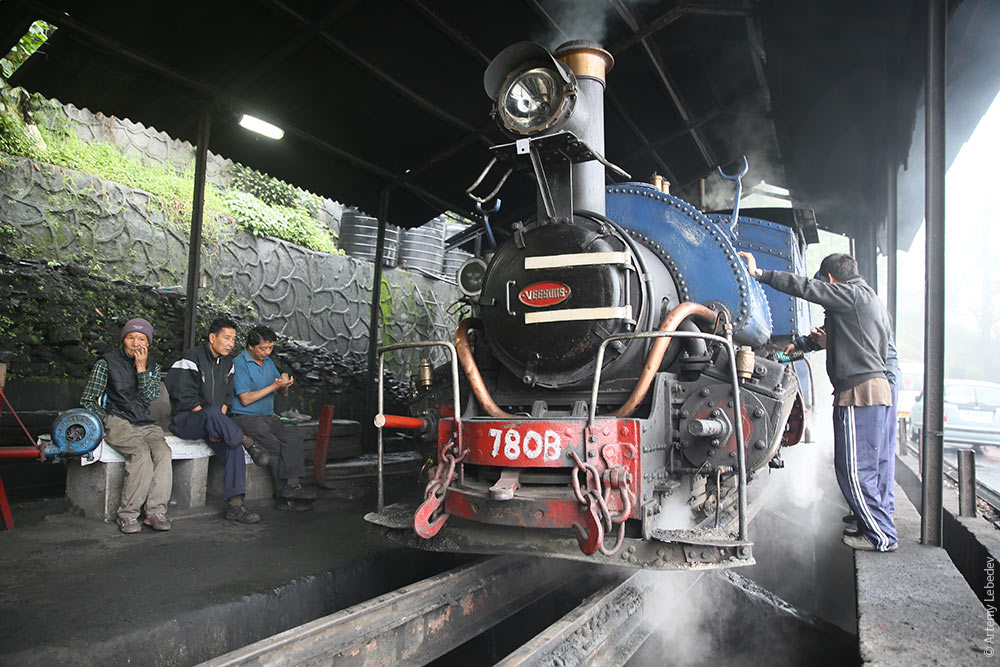 The post rides in diesel-powered trains. 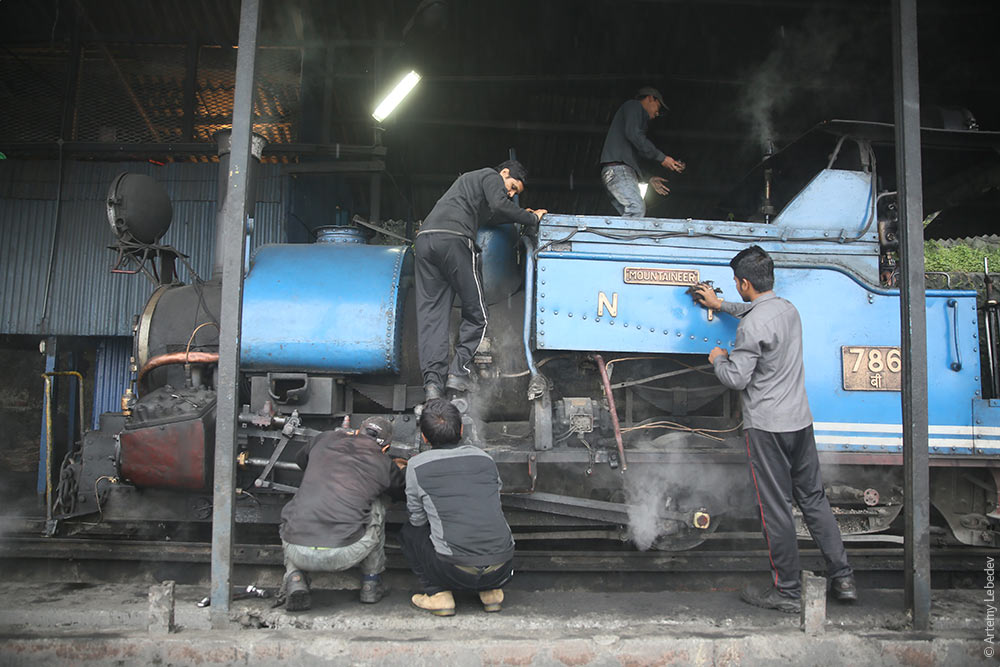 In this part of India it’s customary to carry loads using a strap and to put that strap across your forehead. Men lugging bricks. 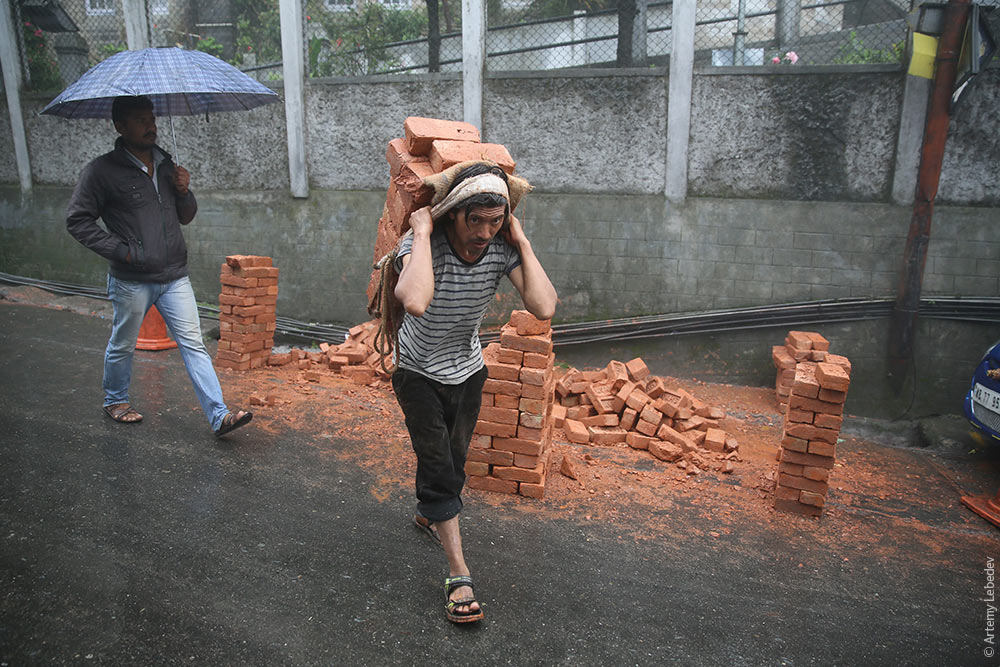 Women — tea. 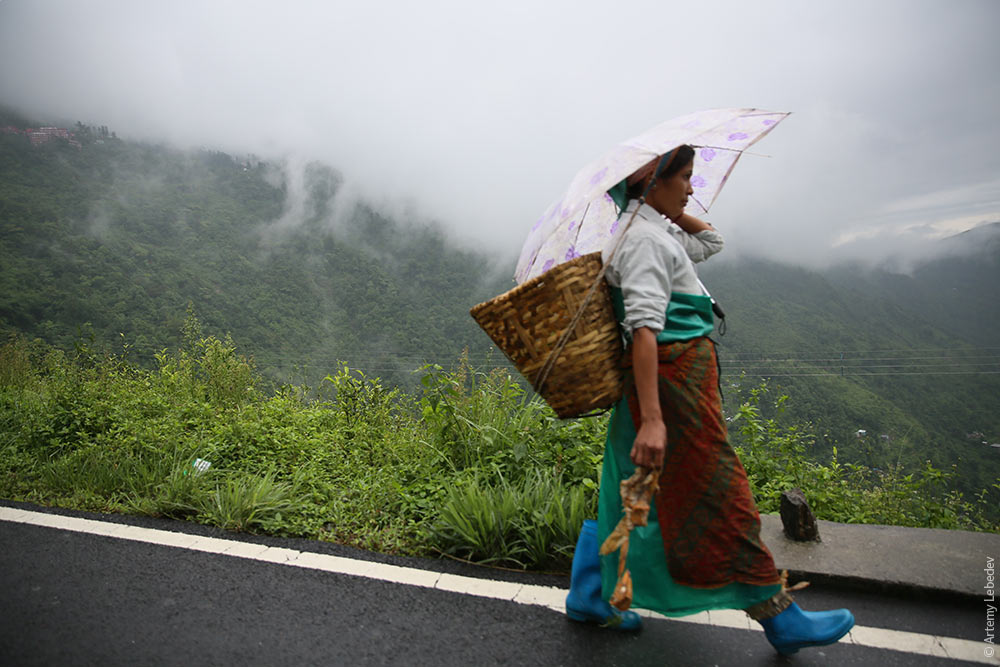 The most beautiful “One way street” sign I have ever laid eyes on. 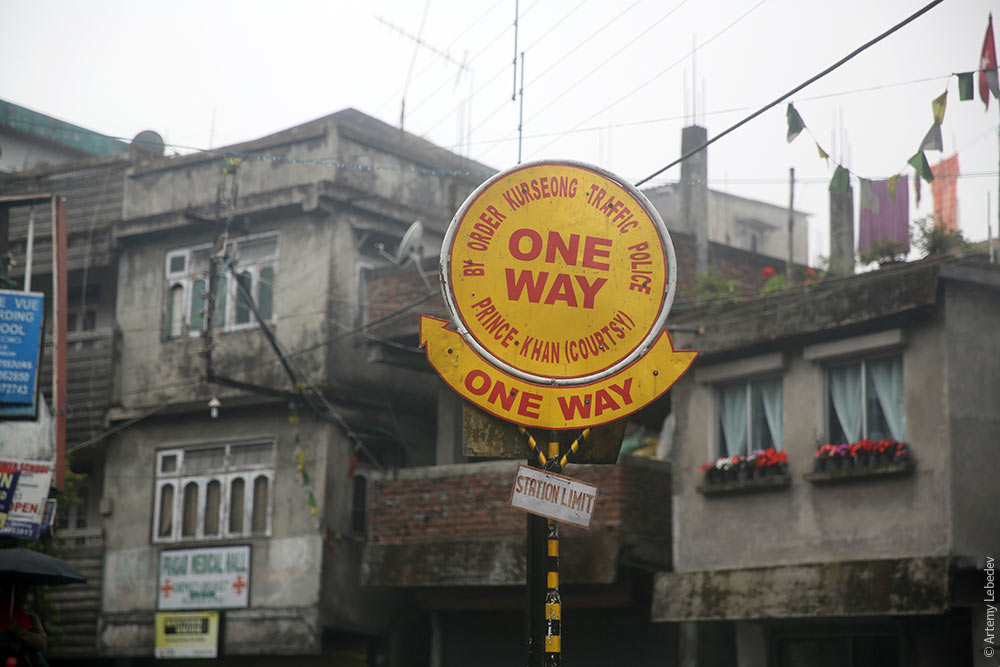 Darjeeling was the only place we saw a “honk your horn” sign, because there are very sharp bends in the road here, so it’s best to honk to alert others that you’re there. But we had a driver who thought that this sign means “honk your horn all the time, everywhere, constantly, both when necessary and when unnecessary”. At any rate, he started honking his horn as soon as we set off. And didn’t let up the whole way. He drove slowly and badly. The entire Ethnographic Expedition party was thoroughly worn out by him honking throughout the three hour-long journey. 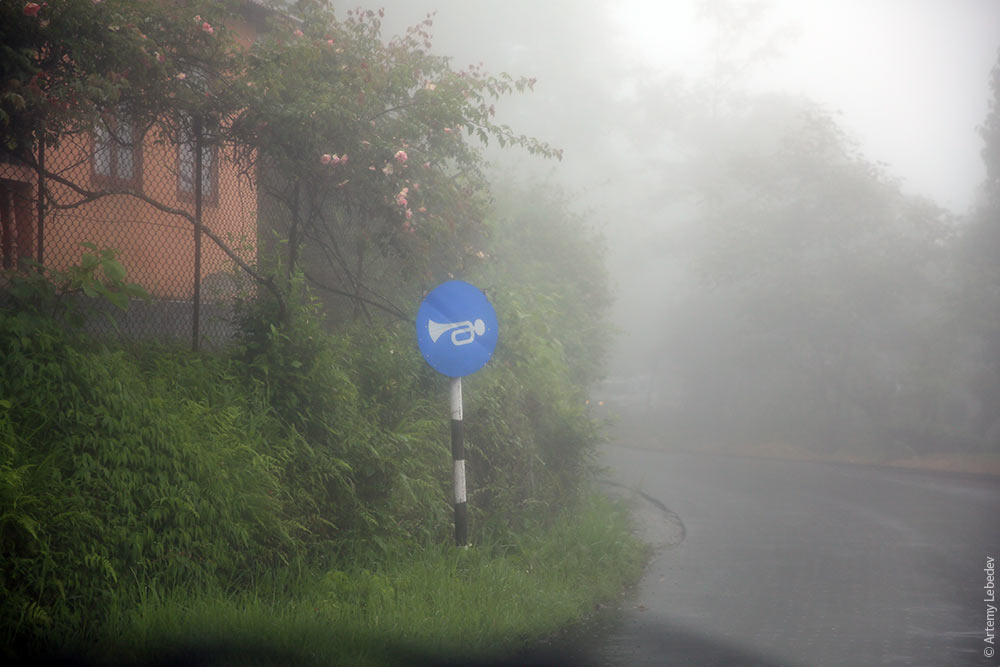 This state is actually very beautiful. 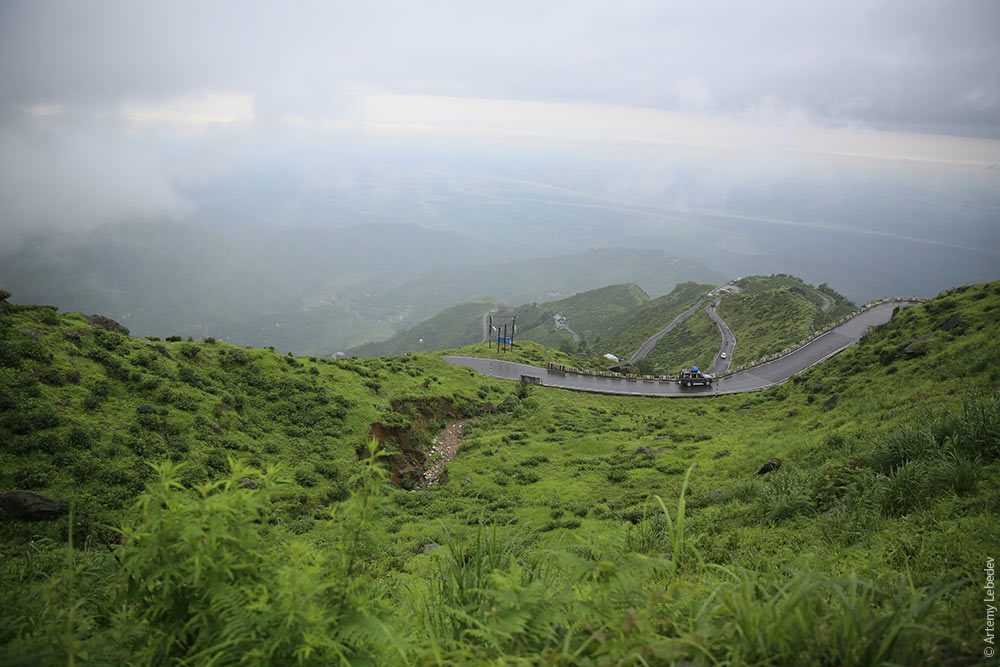 |